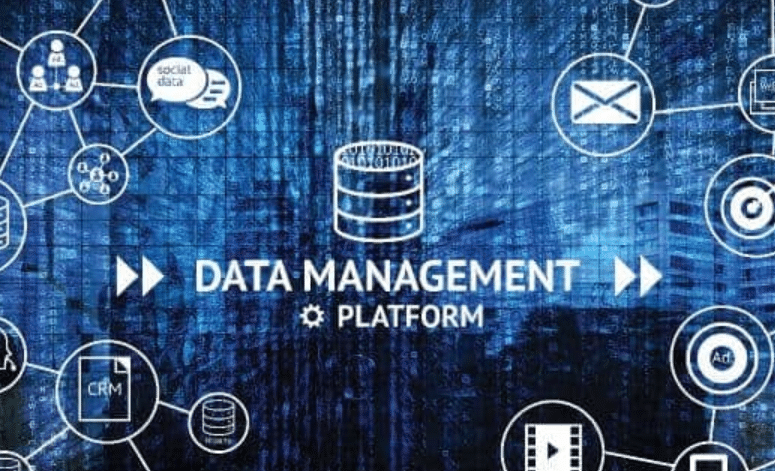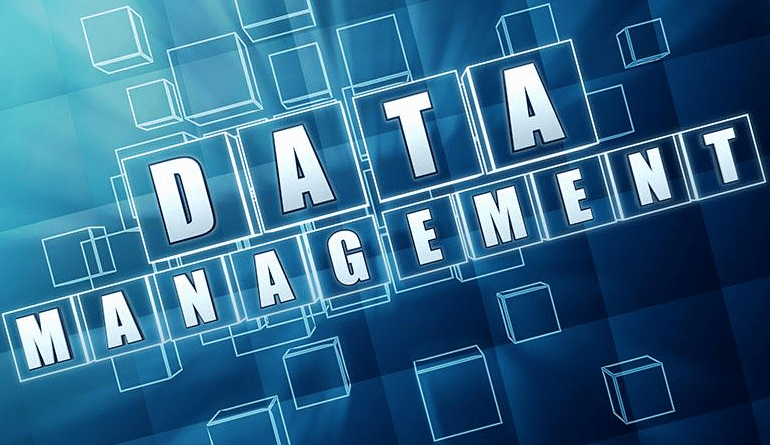edu.kpp621.id – Data Management Tools – In today’s digital age, where vast amounts of data are generated and processed every second, effective data management has become a crucial aspect of business operations. Data holds the key to valuable insights, trends, and patterns that can drive strategic decision-making and improve overall efficiency.
However, without the right tools and techniques, managing data can quickly become overwhelming and chaotic. This is where data management tools come into play. In this comprehensive guide, we will explore the world of data management tools, their significance, and how they can empower organizations to unlock the power of organized information.
The Significance of Data Management Tools

Streamlining Data Collection and Storage
Data management tools play a vital role in streamlining the collection and storage of data. With the exponential growth of data, traditional methods of manual data entry and storage have become obsolete and inefficient. Sophisticated tools allow organizations to automate the data collection process, ensuring accuracy, timeliness, and reduced human error. Additionally, these tools provide efficient mechanisms for storing and organizing data, making it easily accessible and searchable whenever needed.
Enhancing Data Quality and Integrity
Maintaining data quality and integrity is paramount for organizations aiming to derive meaningful insights from their data. Data management tools offer robust functionalities for data cleansing, validation, and standardization. These tools help identify and rectify errors, inconsistencies, and duplications within datasets, ensuring that the information is accurate, reliable, and consistent. By improving data quality, organizations can make informed decisions based on trustworthy and dependable data.
Facilitating Data Integration and Collaboration
In today’s interconnected world, where data flows across various systems and platforms, data integration has become a critical requirement. Data management tools enable seamless integration of data from disparate sources, allowing organizations to gain a holistic view of their operations. Furthermore, these tools facilitate collaboration among teams by providing centralized platforms where multiple stakeholders can access, share, and collaborate on data-related tasks, fostering a culture of data-driven decision-making.
Ensuring Data Security and Compliance
Data security and compliance are pressing concerns for organizations dealing with sensitive information. Data management tool incorporate robust security features and protocols to safeguard data from unauthorized access, breaches, and cyber threats. These tools often include encryption mechanisms, user access controls, and auditing functionalities to ensure data privacy and regulatory compliance. By employing such tools, organizations can mitigate the risks associated with data breaches and uphold the trust of their customers and stakeholders.
Exploring Different Types of Data Management Tools

1. Data Integration Tools
Data integration tools enable organizations to consolidate data from various sources into a unified and coherent format. These tools extract, transform, and load data from disparate systems, databases, and applications, ensuring data consistency and accuracy. Popular data integration tools include Informatica PowerCenter, Microsoft SQL Server Integration Services (SSIS), and Talend.
2. Data Cleansing Tools
Data cleansing tools help organizations identify and rectify errors, inconsistencies, and redundancies within datasets. These tools employ algorithms and automated processes to clean and standardize data, ensuring its quality and integrity. Well-known data cleansing tools include IBM InfoSphere Information Server, SAP Data Services, and Trifacta.
3. Data Visualization Tools
Data visualization tools provide intuitive and interactive interfaces to represent complex datasets visually. These tools convert raw data into meaningful charts, graphs, and dashboards, enabling users to grasp insights quickly and effectively. Widely used data visualization tools include Tableau, Power BI, and QlikView.
4. Data Governance Tools
Data governance toolssupport organizations in establishing and enforcing data management policies and practices. These tools enable the creation of data standards, define data ownership, and ensure compliance with regulatory requirements. Popular data governance tools include Collibra, Informatica Axon, and SAS Data Governance.
5. Master Data Management Tools
Master Data Management (MDM) tools facilitate the creation and management of a single, authoritative source of master data across an organization. These tools ensure data consistency, eliminate duplicates, and synchronize data across systems. Notable MDM tools include Oracle Customer Hub, IBM InfoSphere MDM, and Informatica MDM.
6. Data Security and Encryption Tools
Data security and encryption tools protect sensitive data from unauthorized access, breaches, and data theft. These tools employ encryption algorithms, access controls, and data masking techniques to safeguard information at rest and in transit. Widely used data security tools include Vormetric Data Security Platform, Symantec Data Loss Prevention, and Microsoft Azure Information Protection.
FAQs about Data Management Tools
Q1: What are the essential features to look for in data management tools?
A: When selecting data management tool, consider features such as data integration capabilities, data cleansing and validation functionalities, data visualization options, security measures, scalability, and ease of use. Additionally, ensure that the tools align with your organization’s specific requirements and objectives.
Q2: Can data management tools handle large datasets?
A: Yes, many data management tool are designed to handle large and complex datasets. These tools utilize advanced algorithms, parallel processing techniques, and distributed computing architectures to process, analyze, and store massive volumes of data efficiently.
Q3: Are data management tools only suitable for large enterprises?
A: Data management tool cater to organizations of all sizes. While larger enterprises may have more extensive data management needs, small and medium-sized businesses can also benefit from these tools to enhance data organization, analysis, and decision-making processes.
Q4: How can data management tools help with regulatory compliance?
A: Data management tool often incorporate features that assist organizations in maintaining compliance with regulations such as the General Data Protection Regulation (GDPR), Health Insurance Portability and Accountability Act (HIPAA), and Sarbanes-Oxley Act (SOX). These tools offer functionalities for data encryption, access controls, audit trails, and data masking, ensuring adherence to regulatory requirements.
Q5: Are data management tools customizable to fit specific business needs?
A: Yes, many data management tool provide customization options to align with an organization’s unique requirements. These tools offer configurable workflows, data models, and integration capabilities, allowing businesses to tailor the tools to their specific data management needs.
Q6: Can data management tools improve data analytics capabilities?
A: Absolutely. Effective data management lays the foundation for accurate and reliable data analytics. By leveraging data management tool, organizations can ensure data quality, accessibility, and integration, leading to more robust and insightful data analytics results.
Conclusion
In today’s data-driven world, data management tool have become indispensable for organizations seeking to harness the power of organized information. These tools streamline data collection, enhance data quality, facilitate collaboration, and ensure data security and compliance. By utilizing data management tool, businesses can unlock valuable insights, make informed decisions, and gain a competitive edge in their respective industries. Embrace the power of data management tool and unlock the full potential of your organization’s data assets.